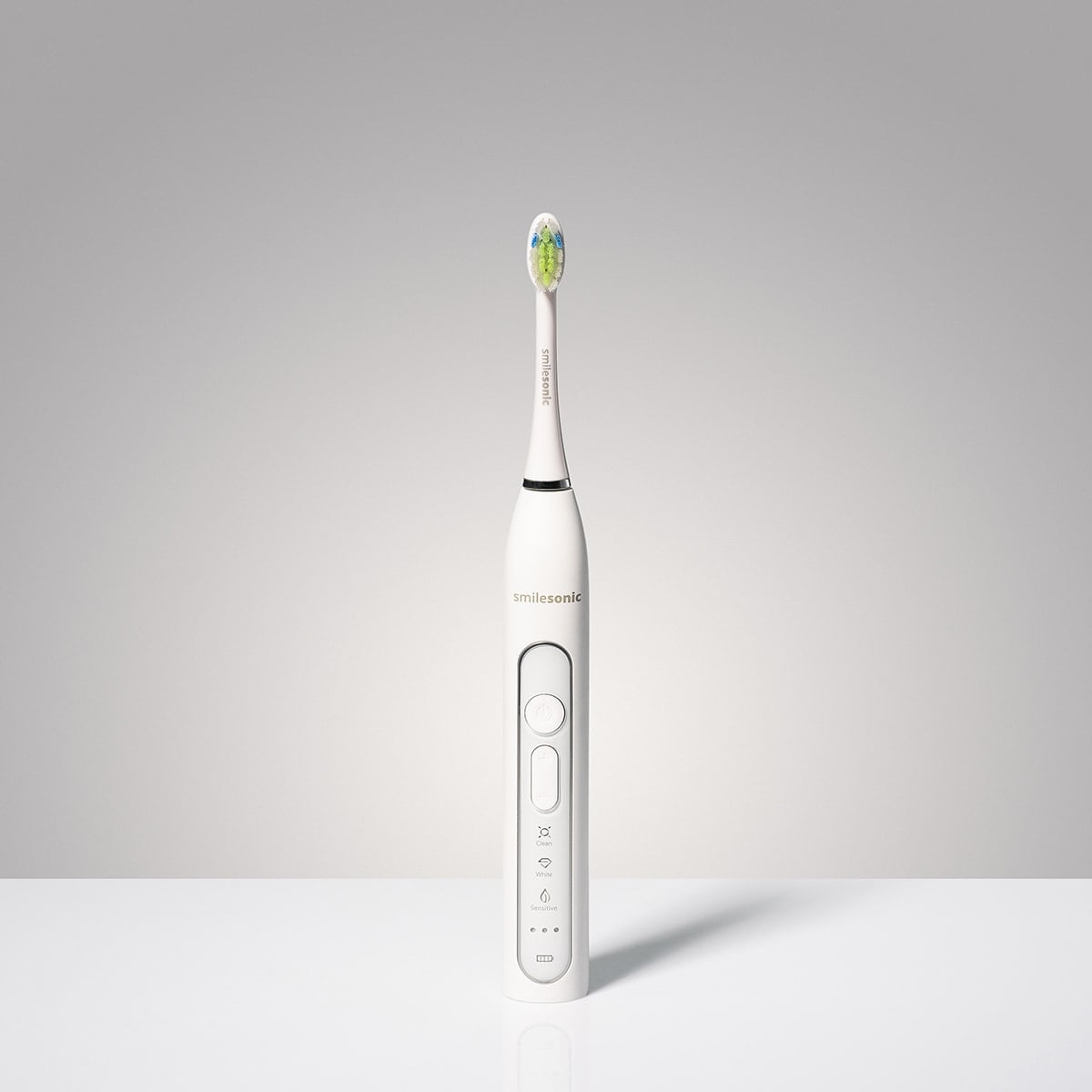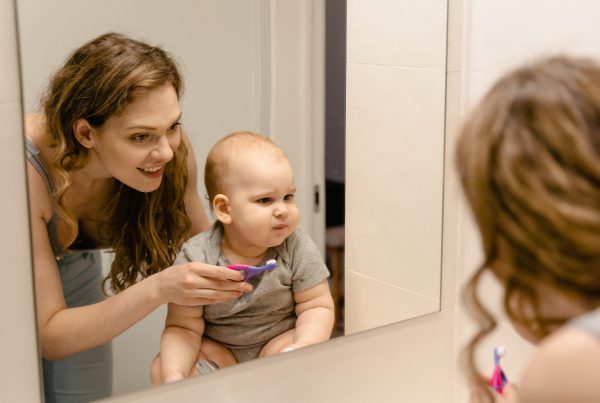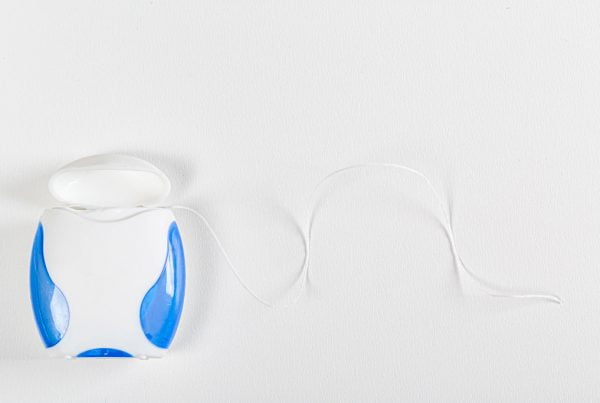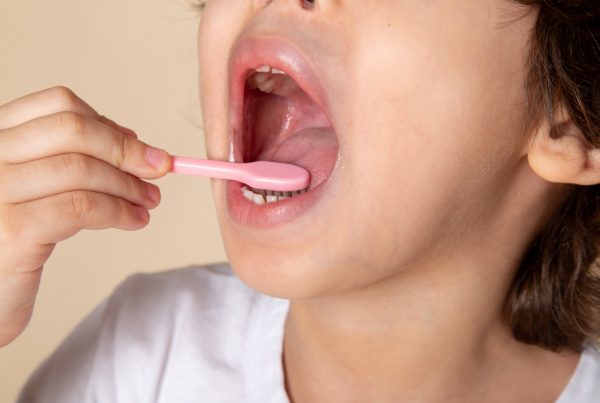How to care for your teeth after air polishing?
Brushing your teeth alone may not be enough to maintain optimal oral health. At least twice a year, it’s worth visiting your dentist for a professional check-up, and if necessary, a hygiene treatment such as air polishing. What exactly does air polishing involve, and how should you take care of your teeth afterward?
What is air polishing?
Air polishing is a simple dental procedure that improves oral hygiene by removing dental plaque and surface deposits from the teeth. It involves the use of a special suspension containing fine cleaning particles, commonly referred to as dental powder. This substance is strong enough to effectively eliminate debris but gentle enough not to damage the enamel. Most often, the powder consists of sodium bicarbonate – better known as baking soda.
There are two main types of air polishing: supragingival and subgingival. The first involves cleaning above the gum line using a powder with larger particles, effectively removing even stubborn surface stains. The treatment ends with polishing the teeth using special brushes or rubber cups, followed by fluoride application to strengthen the enamel. The second type targets cleaning around the gum pockets, where a gentler powder is used due to the sensitivity and blood supply in those areas.
During the procedure, the air polisher sprays dental powder under pressure combined with water. This mixture reaches areas that are difficult to clean with a toothbrush, such as interdental spaces, and removes debris thoroughly. The powder is then suctioned out with a dental evacuator. Finally, fluoride is applied to further strengthen the enamel.
READ ALSO: DENTAL SCALING
When is air polishing recommended?
Air polishing is ideal for patients who are prone to plaque buildup and staining. It is particularly recommended for people who smoke, wear braces, drink large amounts of coffee or tea, are preparing for teeth whitening, or have dental crowding that makes oral hygiene more difficult.
However, this procedure is not suitable for individuals with deep discoloration, including carious lesions or stains caused by antibiotics such as tetracyclines. Other contraindications include pregnancy, gum disease, allergies to ingredients used during the procedure, open sores or ulcers in the mouth, oral inflammation, peptic ulcers, and disorders affecting the lungs or heart.
Post-treatment care after air polishing
To maintain the results of air polishing for as long as possible, certain rules should be followed. After the procedure, avoid eating and drinking for at least two to three hours. For the next few days, steer clear of acidic foods like citrus fruits and juices, as they may cause temporary tooth sensitivity. You should also avoid highly pigmented drinks such as coffee, tea, and red wine, as well as colorful fruits and vegetables like carrots, beets, cherries, strawberries, currants, and blueberries. It’s also advised to refrain from smoking for at least 24 hours.
If you experience prolonged discomfort or sensitivity in your teeth and gums, use a mouthwash containing chlorhexidine, which can help relieve symptoms and combat gum disease. To prolong the benefits of air polishing, maintain a proper oral hygiene routine. Brushing your teeth alone, even with a sonic toothbrush, is not enough. Be sure to clean interdental spaces using dental floss or a water flosser. Whitening toothpaste can also be beneficial after the procedure, as it becomes more effective on freshly cleaned enamel.





